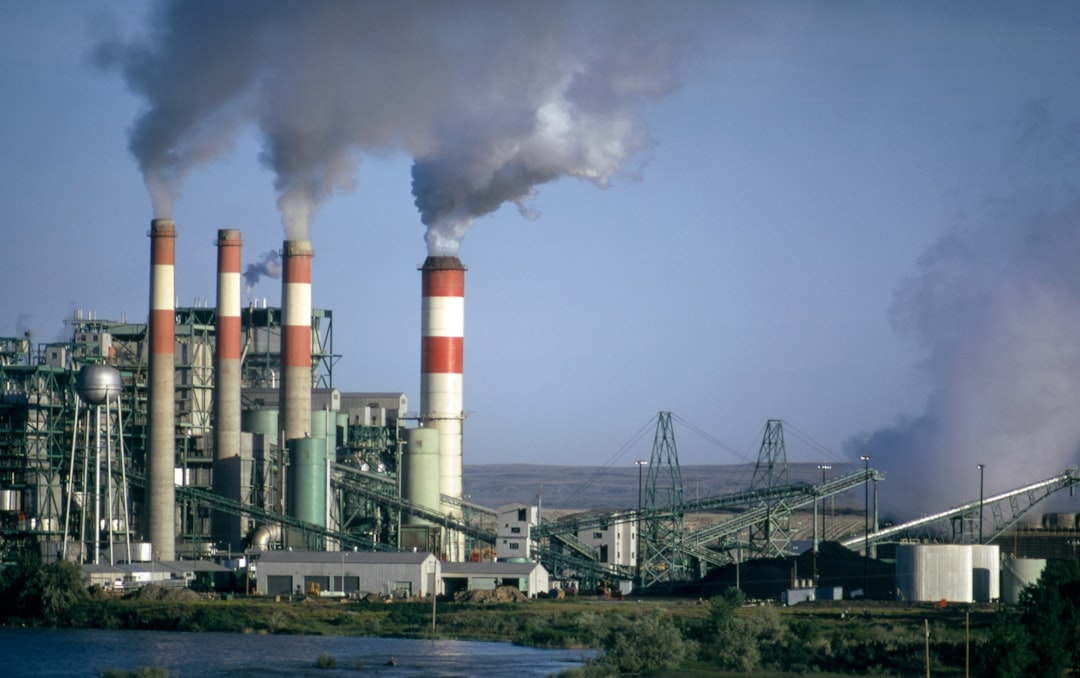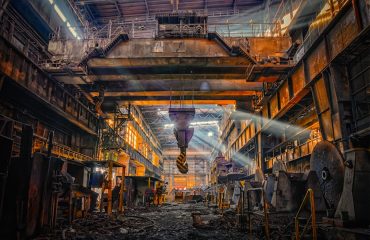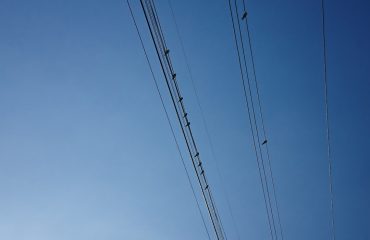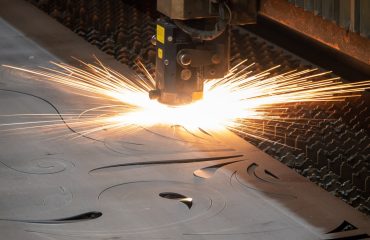body {
font-family: sans-serif;
line-height: 1.6;
}
h1, h2, h3 {
color: #333;
}
h1 {
font-size: 2.5em;
}
h2 {
font-size: 2em;
}
h3 {
font-size: 1.5em;
}
Power plants, the backbone of modern energy infrastructure, demand robust and reliable construction. At the heart of this construction lies the ubiquitous steel profile. From the towering structures housing turbines to the intricate frameworks supporting vital equipment, steel profiles are integral to the design, functionality, and longevity of these critical facilities. This blog post delves into the multifaceted role of steel profiles in power plant construction, exploring their various applications, material selection, manufacturing processes, and the importance of quality control.
1. Diverse Applications of Steel Profiles in Power Plants
Steel profiles, encompassing a wide range of shapes like I-beams, H-beams, channels, angles, and hollow sections, find applications throughout power plants. Their versatility allows them to serve diverse structural and functional needs:
- Structural Frameworks: The primary use is in creating the main structural framework of the power plant buildings, including the turbine hall, boiler house, and control rooms. These profiles form columns, beams, and bracing systems, ensuring stability and resistance to seismic activity and wind loads.
- Equipment Supports: Heavy machinery like turbines, generators, and boilers require robust support structures. Steel profiles are crucial in designing and constructing these supports, ensuring precise alignment and minimizing vibrations.
- Piping and Ductwork Supports: The extensive network of pipes and ducts carrying steam, water, and gases necessitates strong and reliable support systems. Steel profiles form the framework for these systems, preventing sagging and ensuring safe and efficient operation.
- Stairways and Platforms: Access to various levels within the power plant requires safe and robust stairways and platforms. Steel profiles are ideal for constructing these elements, offering strength, durability, and ease of fabrication.
- Crane Rails and Runways: Heavy-duty cranes are essential for maintenance and operation. Steel profiles form the tracks and runways for these cranes, enabling smooth and safe movement of heavy loads.
2. Material Selection: Choosing the Right Steel for Power Plant Applications
The choice of steel profile depends on several factors, including the specific application, environmental conditions, and required load-bearing capacity. Common steel grades used in power plant construction include:
- Carbon Steel: A cost-effective option for many applications, carbon steel offers good strength and weldability. However, its susceptibility to corrosion necessitates protective coatings.
- Weathering Steel (Corten Steel): This steel develops a protective rust layer, reducing the need for extensive painting and maintenance. It’s particularly suitable for outdoor applications.
- Stainless Steel: Offering superior corrosion resistance, stainless steel is ideal for applications exposed to harsh chemicals or high humidity. While more expensive, its longevity often justifies the cost.
- High-Strength Low-Alloy (HSLA) Steel: These steels offer higher strength-to-weight ratios than carbon steel, allowing for lighter and more efficient structures.
The selection process also considers factors like yield strength, tensile strength, and ductility to ensure the chosen steel meets the specific demands of the application.
3. Manufacturing Processes and Fabrication Techniques
The manufacturing of steel profiles involves sophisticated processes, ensuring precise dimensions and high-quality material. Common methods include:
- Hot Rolling: This process involves heating steel billets to high temperatures and then passing them through rollers to shape them into the desired profile. It’s a cost-effective method for mass production.
- Cold Forming: This process involves shaping steel at room temperature, resulting in higher precision and improved surface finish. It’s suitable for more complex profiles.
- Welding: Various welding techniques, including arc welding, MIG welding, and TIG welding, are used to connect steel profiles to create larger structures.
- Bolting and Riveting: These methods are used to join steel profiles, offering flexibility and ease of assembly.
Precise fabrication is crucial to ensure the structural integrity and functionality of the power plant. Advanced techniques like laser cutting and CNC machining enhance accuracy and efficiency.
4. Quality Control and Assurance in Steel Profile Selection and Use
Ensuring the quality of steel profiles is paramount in power plant construction. Rigorous quality control measures are implemented throughout the process:
- Material Testing: Steel samples are subjected to various tests to verify their chemical composition, mechanical properties, and conformity to specified standards.
- Dimensional Inspection: Precise measurements are taken to ensure the profiles meet the required dimensions and tolerances.
- Welding Inspection: Welds are inspected using non-destructive testing methods like radiography and ultrasonic testing to detect any flaws.
- Surface Inspection: The surface of the profiles is examined for defects like cracks, pitting, and corrosion.
- Third-Party Inspection: Independent inspection agencies often verify the quality of materials and workmanship, ensuring compliance with industry standards and regulations.
These quality control measures minimize risks, ensuring the safety and reliability of the power plant.
5. Future Trends in Steel Profile Usage in Power Plants
The power generation industry is constantly evolving, driving innovation in the use of steel profiles. Future trends include:
- Increased Use of High-Strength Steels: The demand for lighter and more efficient structures will continue to drive the adoption of high-strength low-alloy (HSLA) steels and advanced high-strength steels.
- Advanced Fabrication Techniques: The use of robotic welding, automated cutting, and 3D printing will enhance the precision and efficiency of fabrication processes.
- Sustainable Steel Production: The industry is increasingly focusing on sustainable steel production methods to reduce carbon emissions and environmental impact.
- Smart Steel Structures: Integration of sensors and monitoring systems into steel structures will allow for real-time assessment of structural health and performance.
These advancements will contribute to the construction of more efficient, reliable, and environmentally friendly power plants.
In conclusion, steel profiles are indispensable components in the construction and operation of power plants. Their versatility, strength, and durability make them the material of choice for a wide range of applications. By carefully selecting materials, employing advanced manufacturing techniques, and implementing rigorous quality control measures, the industry ensures the safety, reliability, and longevity of these critical energy infrastructure facilities.
SEO Tags:
- Steel profiles
- Power plant construction
- Structural steel
- Energy industry materials
- Steel fabrication




